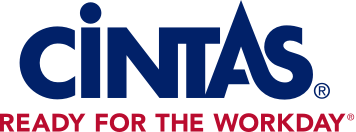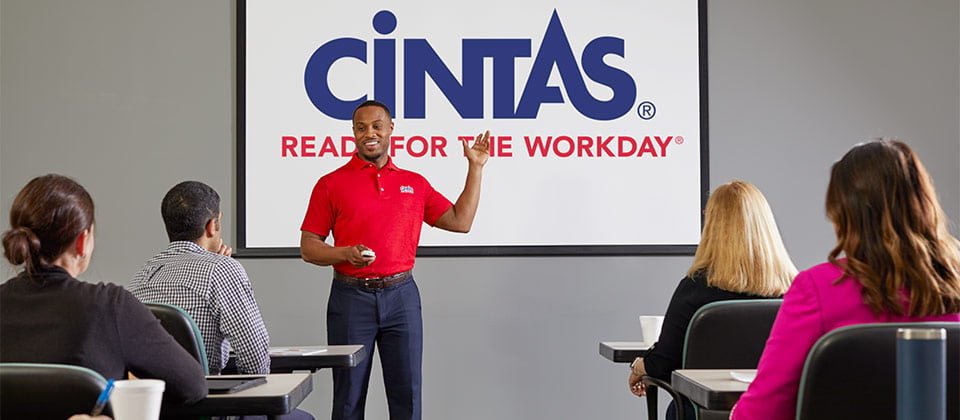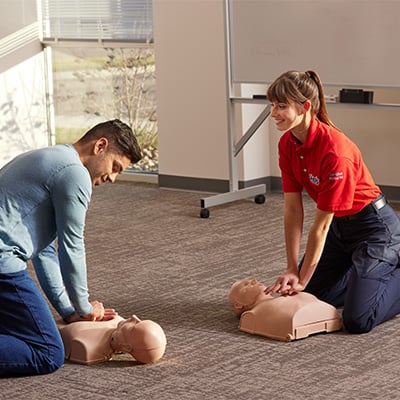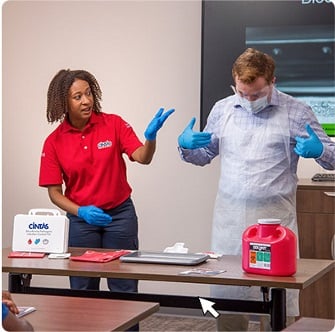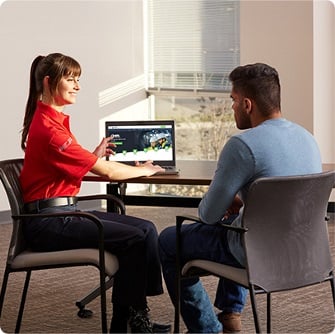Workplace fire hazards: 5 common risks you may be ignoring
Fire is a lurking threat to any business, no matter the industry. In just minutes, a single spark can destroy years of hard work, disrupt operations and endanger lives.
According to the U.S. Fire Administration (USFA), there were more than 16,000 store and office fires in 2020 alone, resulting in nearly $1 billion in damages. In many cases, these destructive fires were started by common workplace items, appliances or activities.
Make sure you recognize and address common fire hazards in your workplace. Because when it comes to protecting your people and property, there’s no room for risk.
Electrical outlet overloads
Between computers, monitors, printers, phone chargers, landlines and other personal electronic devices, outlet space can often be at a premium in the office — and with more devices comes more electrical fires. In 2023, the USFA reports that there were more than 7,400 electrical fires in non-residential buildings, causing more than $250 million in damages.
Employees need to be aware of the limits of the outlets at their desk space to avoid fire hazards. A typical electrical socket can handle between 15 and 20 amps at a given time, and OSHA recommends not exceeding 80% of an outlet’s maximum output.
To avoid exceeding the limits of desk sockets in work spaces, ensure workers are not daisy- chaining power strips together to create more outlet space. Doing so could cause outlets to run hot and potentially catch fire.
Improper storage of flammable liquids and gasses
No matter your work environment, you likely encounter highly flammable substances throughout the day — from manufacturing facilities that utilize highly combustible fuel to an office that disinfects desks with aerosol sprays and isopropyl alcohol.
The EPA and the National Fire Protection Association (NFPA) recommend these materials be stored in well-ventilated areas away from other potential fire risks. For example, you wouldn’t want to do any industrial grinding near fuel tanks or cook near an alcohol-based cleaner.
Flammable materials must also be stored in properly labeled containers that will mitigate the risk of leakage or spillage.
Clutter or debris buildup
According to the USFA, nearly 14,000 non-residential fires in 2023 were classified as “careless,” resulting in almost $900 million in damages. One of the easiest ways to prevent an avoidable fire in your workplace? Make sure it’s clean and clutter-free.
Prevent flammable waste like cardboard or paper products from piling up around your facility. Appliances should be cleaned and regularly maintained — dryer lint traps emptied, ovens degreased and coffee makers turned off when not in use. Finally, all heavy machinery should be regularly wiped down to prevent dust or oil buildup.
Cooking equipment
Most workplace fires are the result of cooking mishaps. The USFA says cooking fires accounted for 30% of all fires in nonresidential buildings in 2023, ranging from fryer accidents in commercial kitchens to dirty toaster ovens in office breakrooms.
Make sure your staff knows how to properly use all the cooking equipment in your breakroom or kitchen, and ensure specialized appliances are only accessible to those who are trained to use them. And as always, make sure any cooking equipment is regularly cleaned, inspected and maintained for safety.
Lack of protective equipment and emergency planning
In a fire, the line between a close call and a catastrophe is extraordinarily thin. In the event a fire does break out in your workplace, you need the right equipment to contain it and know-how to keep you safe.
Each workplace is unique and requires specialized fire protection equipment. Every commercial workplace should be equipped with smoke detectors, alarm systems and fire extinguishers. Restaurants and hotels may be equipped with fire sprinkler systems to contain large-scale fires. Finally, commercial kitchens and specialized manufacturing facilities may require specialized fire suppression systems.
It's also important that this equipment be regularly inspected and maintained to ensure your systems will function in a fire. The authority having jurisdiction in your area may also require you to keep inspection records on file to ensure your systems are functioning properly.
On top of that, a fire extinguisher is only as effective as the person using it. Make sure your workforce is trained to properly use your equipment, and your written safety plans are in place, so your employees know what to do in the event of an emergency.
Fires don’t come with a warning. Get your team ready™.
See how you can properly prepare your staff for the fire risks threatening your unique workplace. Click here to learn more.
